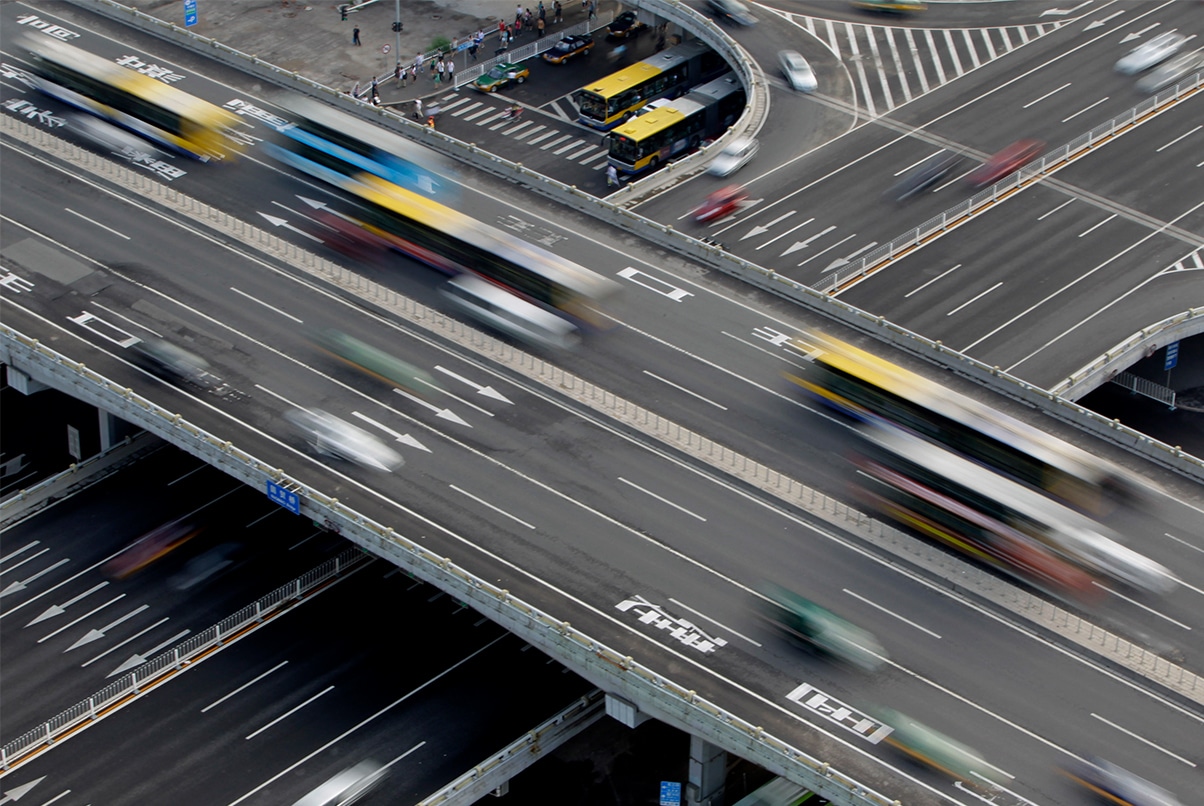- May 9, 2014
Making China’s Urban Transportation Boom Sustainable
The paper serves as a high-level snapshot and does not attempt to answer the question of whether China has over-invested in transport infrastructure or what the optimal level of infrastructure investment should be. Instead, the memo takes a bird’s-eye look at the mechanisms China currently uses to fund transportation investments—in particular, highways, high-speed rail, and urban mass transit.
Zhao argues that China’s urban infrastructure finance and transportation investments over the past several decades relied heavily on borrowing and fuzzy guarantees against future revenues at the local level. Fundamentally, he concludes, China needs to get back to more conventional funding approaches that align with basic public finance principles. The Chinese government, he says, should gradually reduce its reliance on borrowing and financing, but use more direct fiscal revenues (including central subsidies and earmarked local taxes and fees). And, he concludes, it should make related investment decisions through more participatory, transparent, and deliberate budgetary processes.
Stay Updated with MacroPolo
Get on our mailing list to keep up with our analysis and new products.
Subscribe

